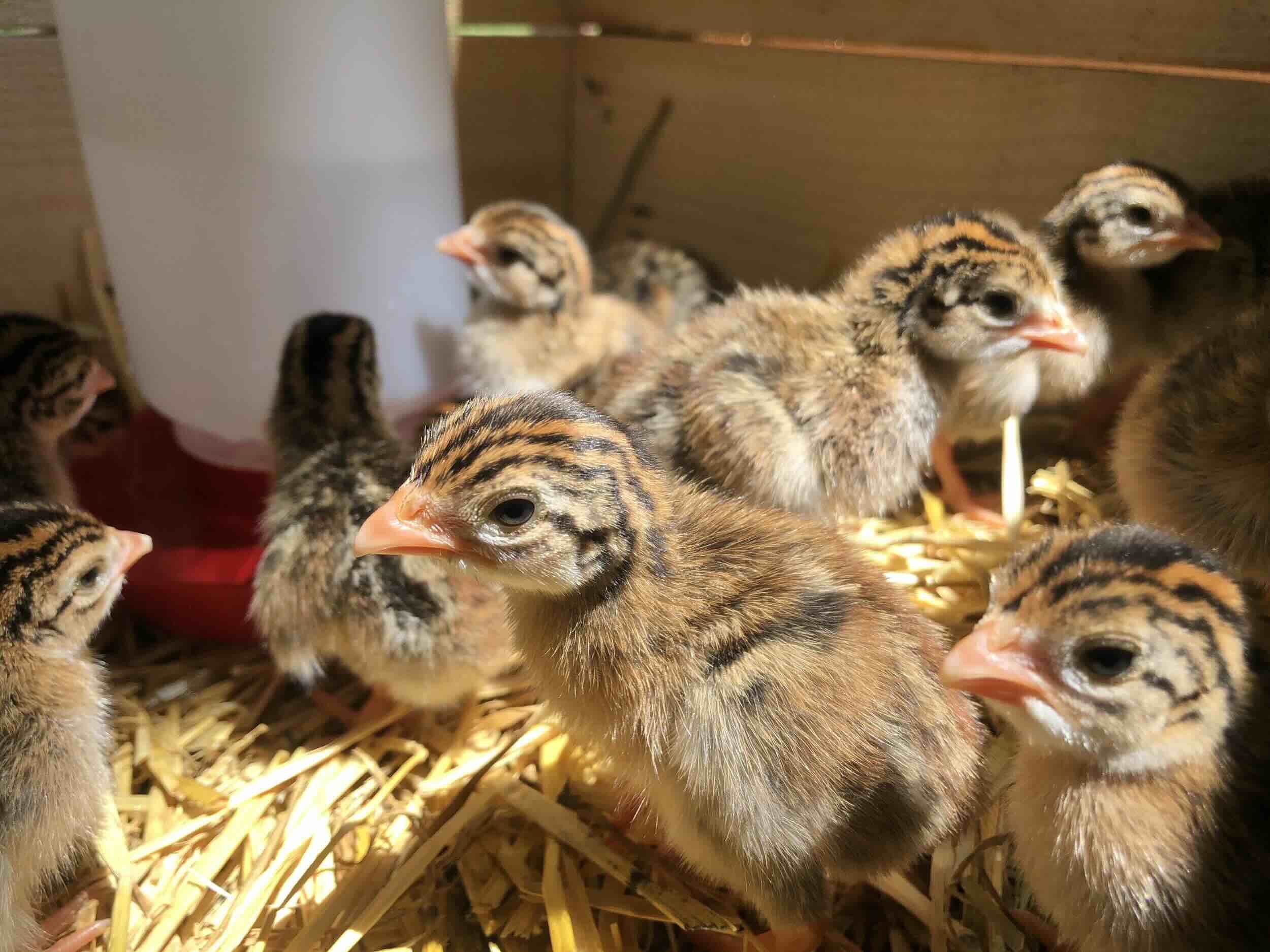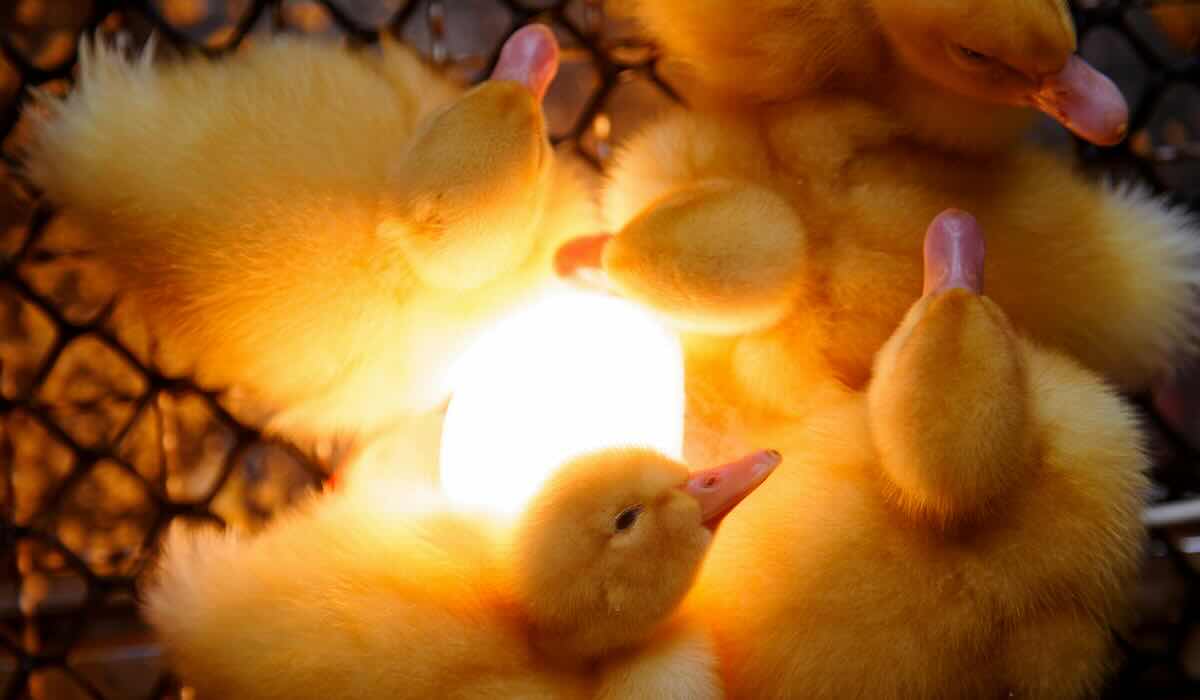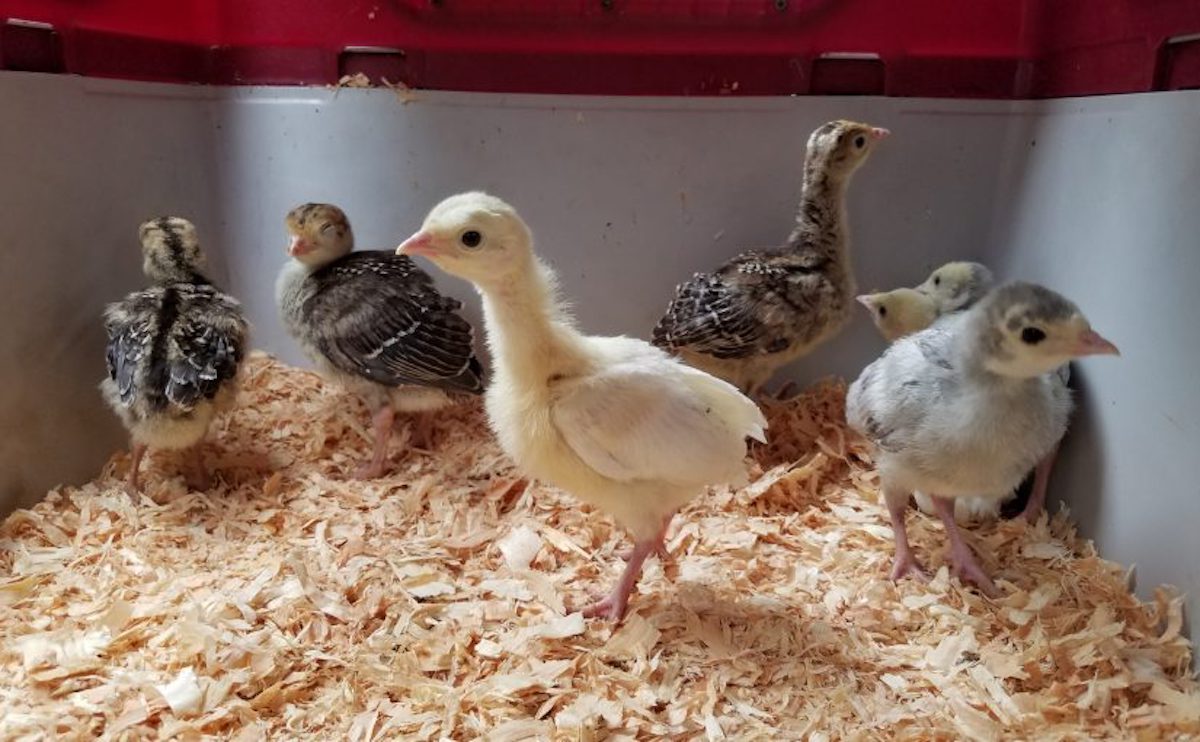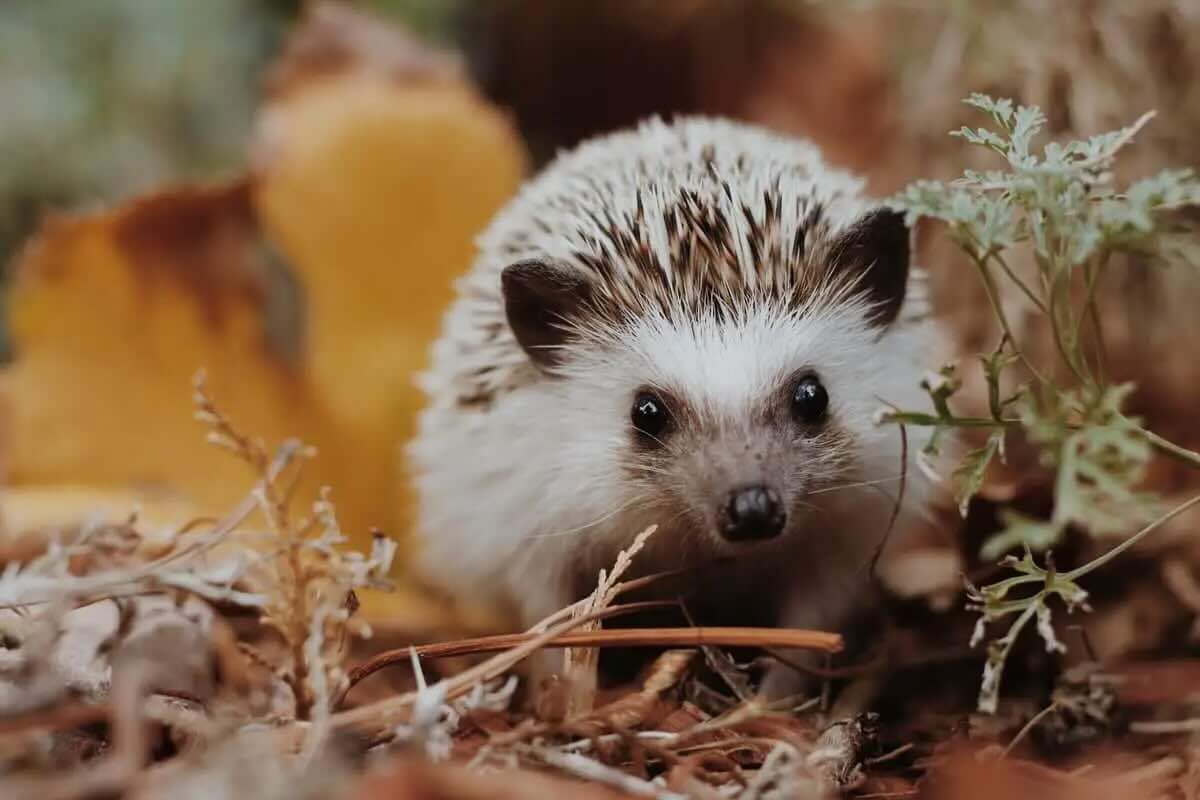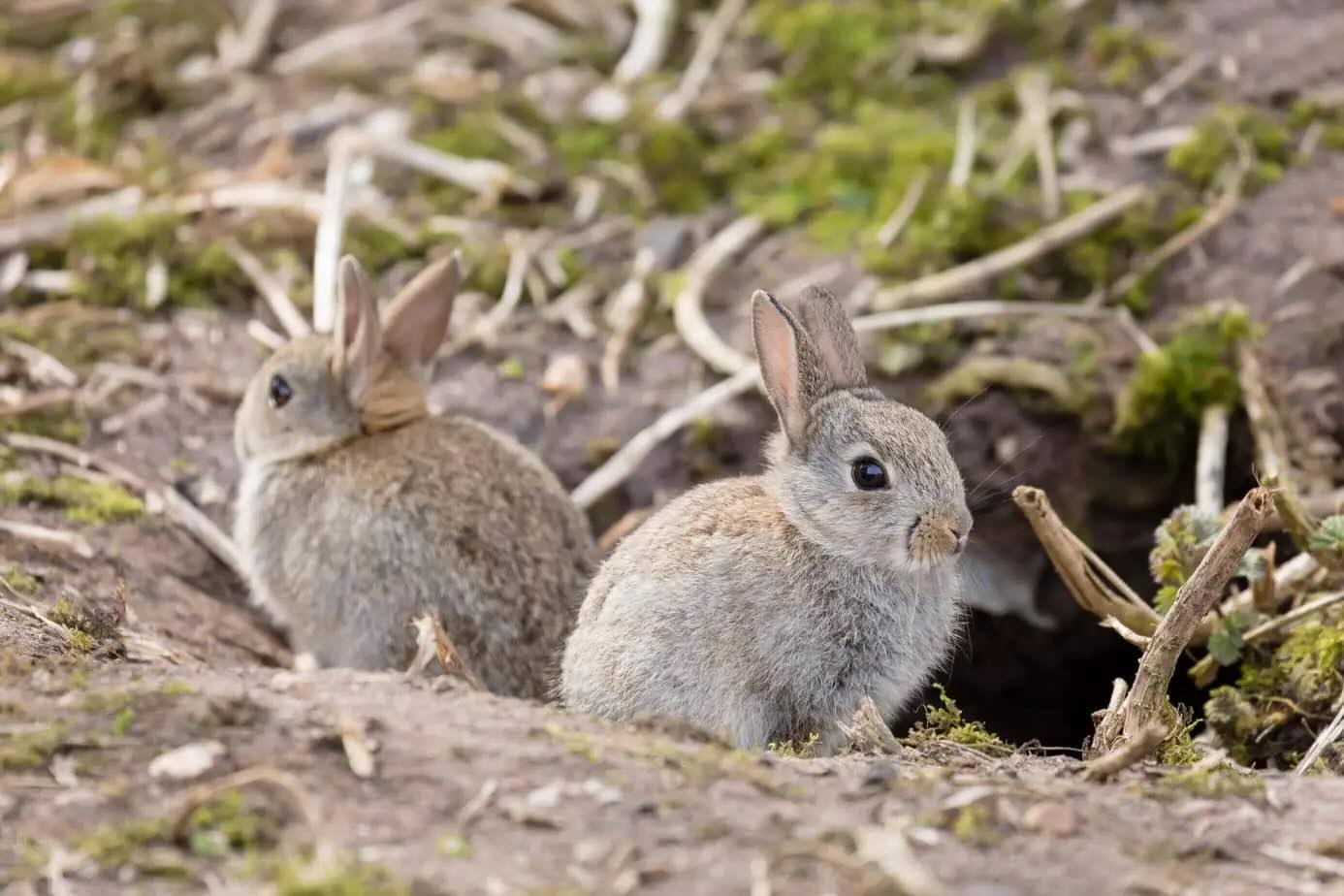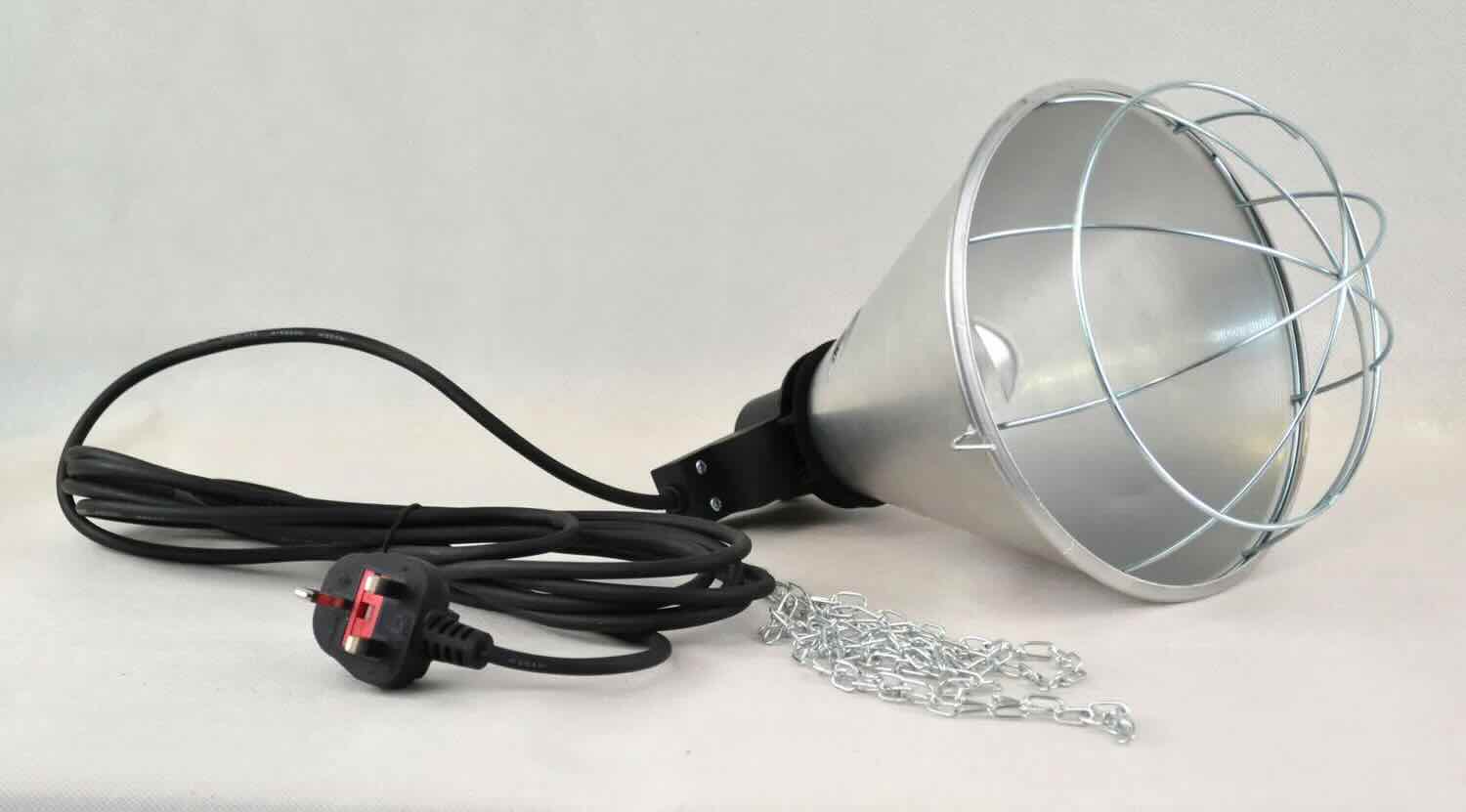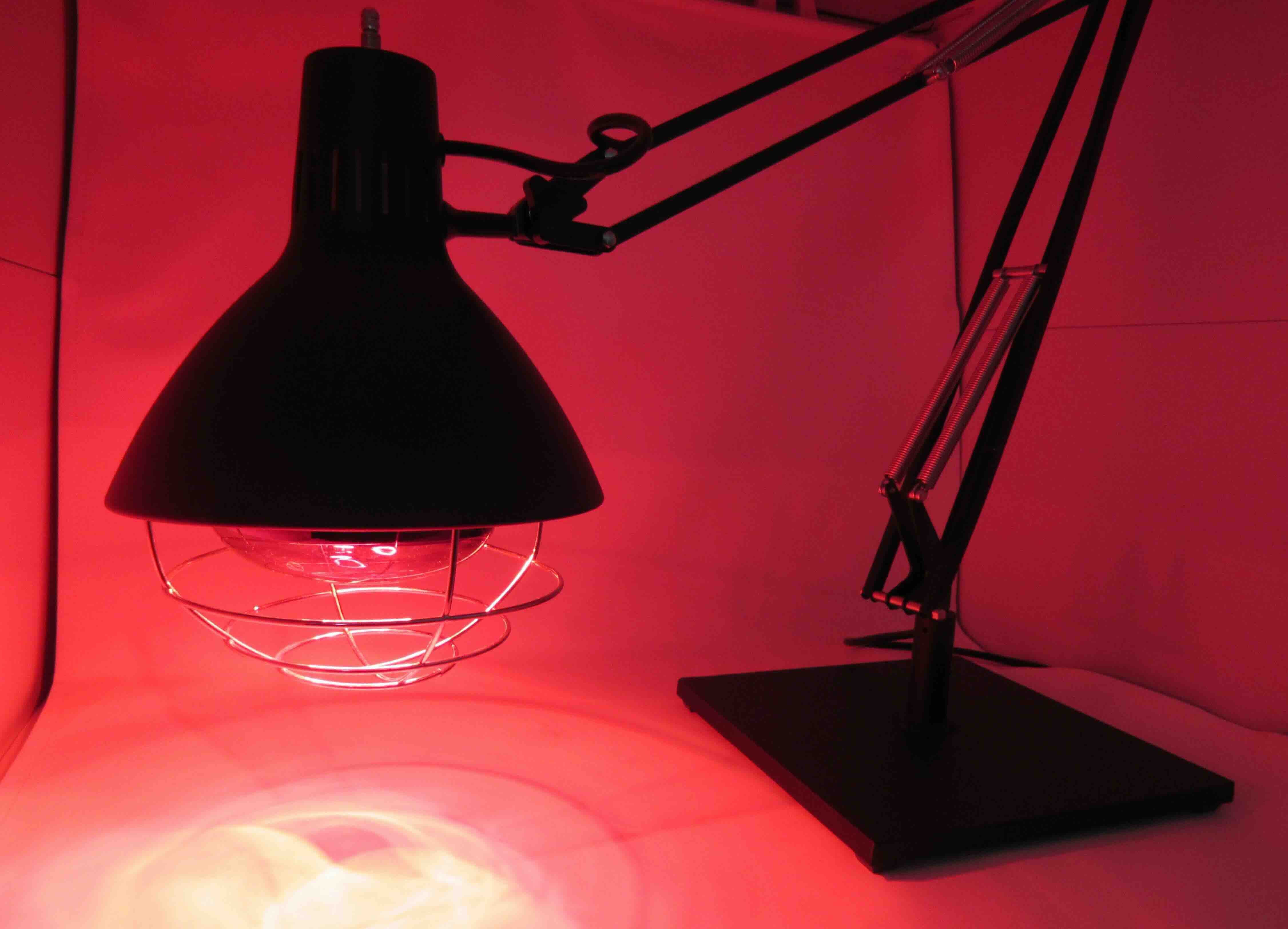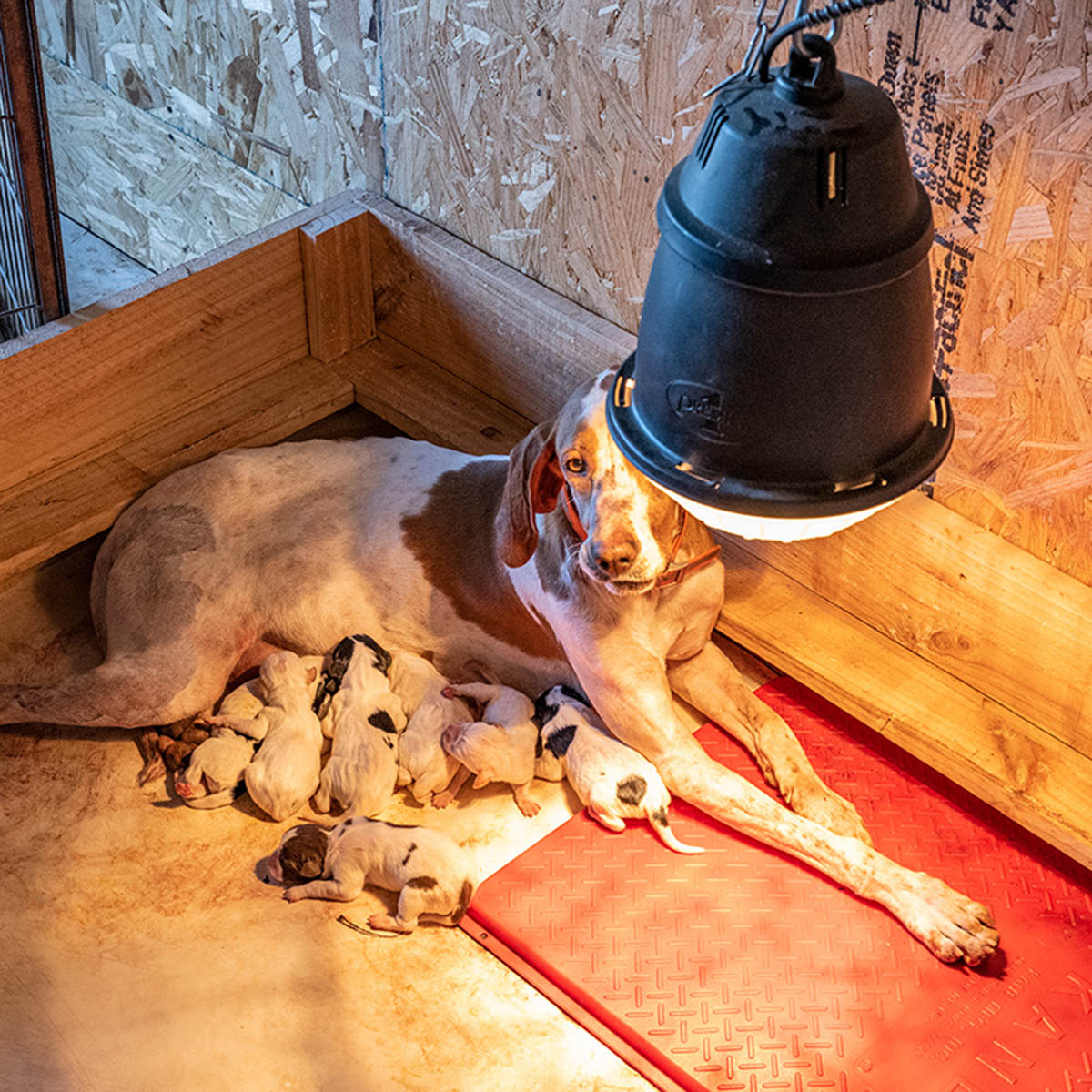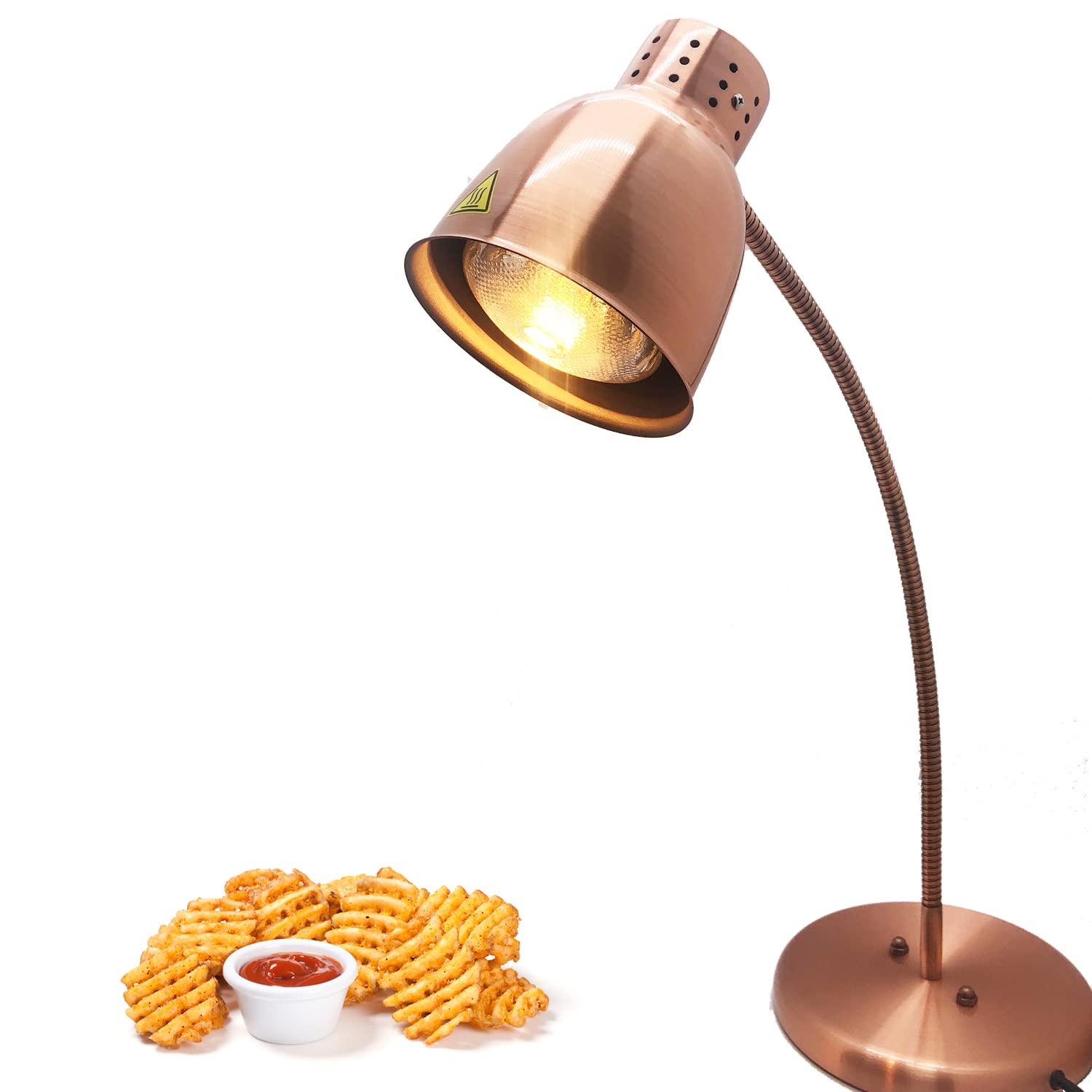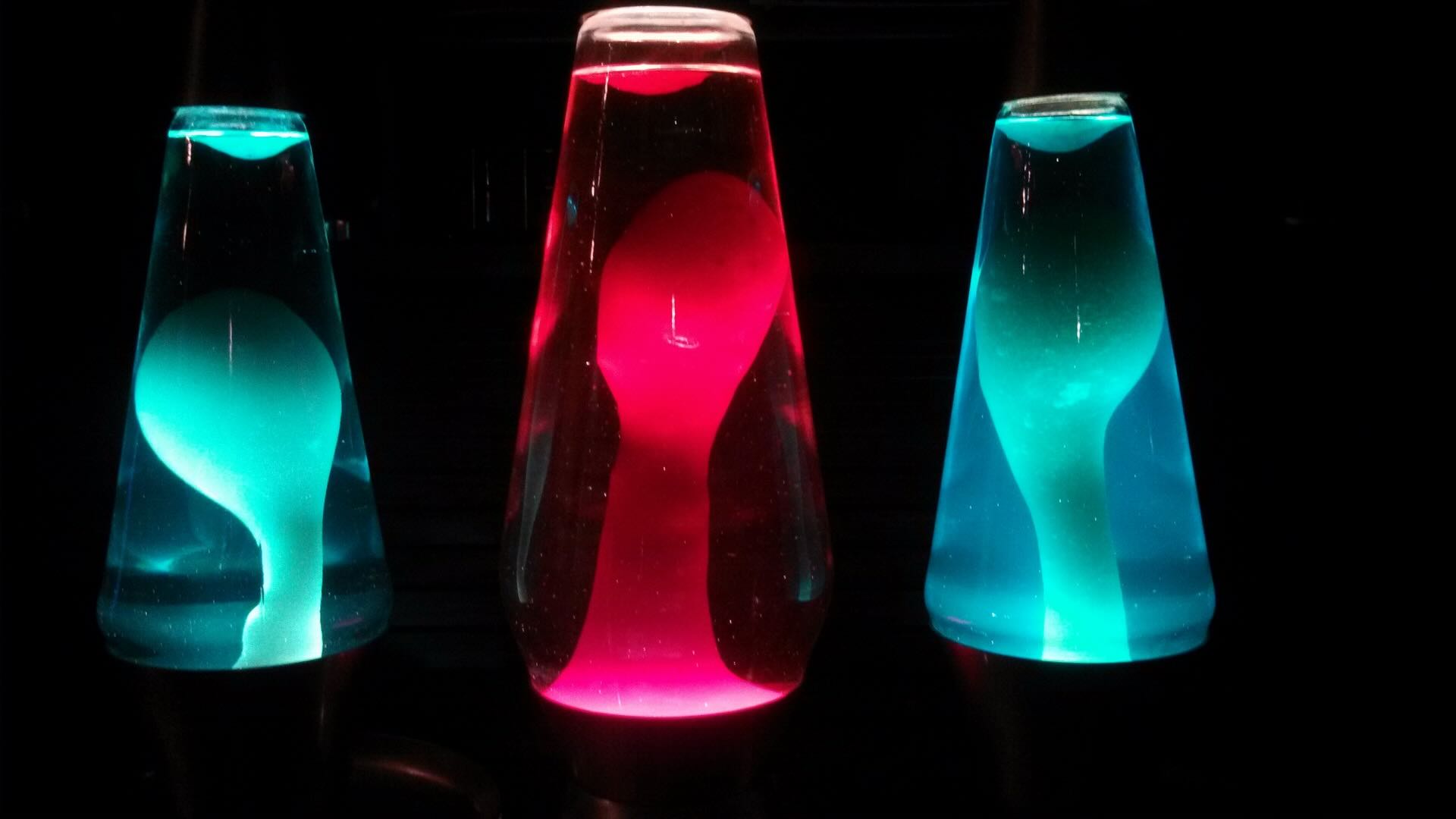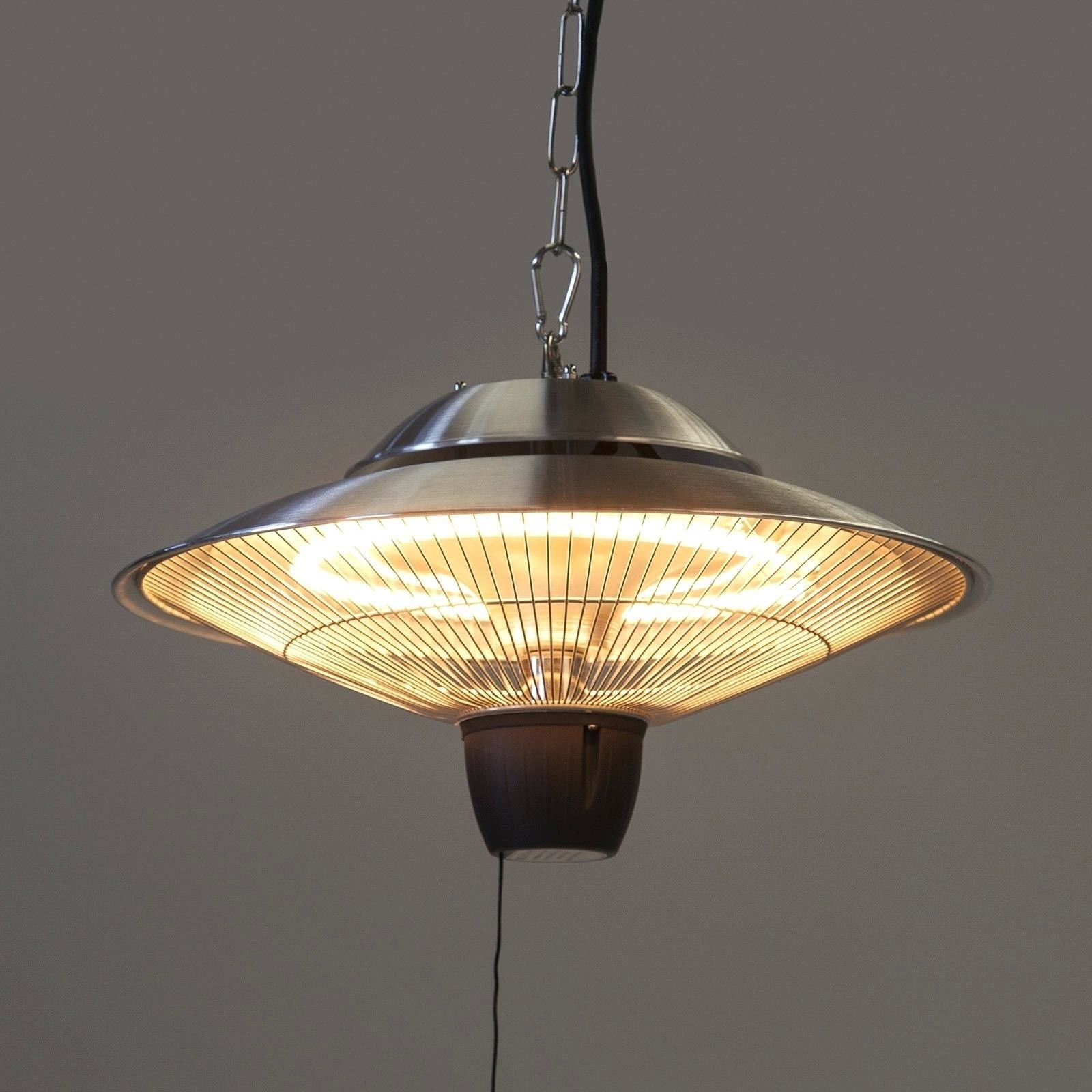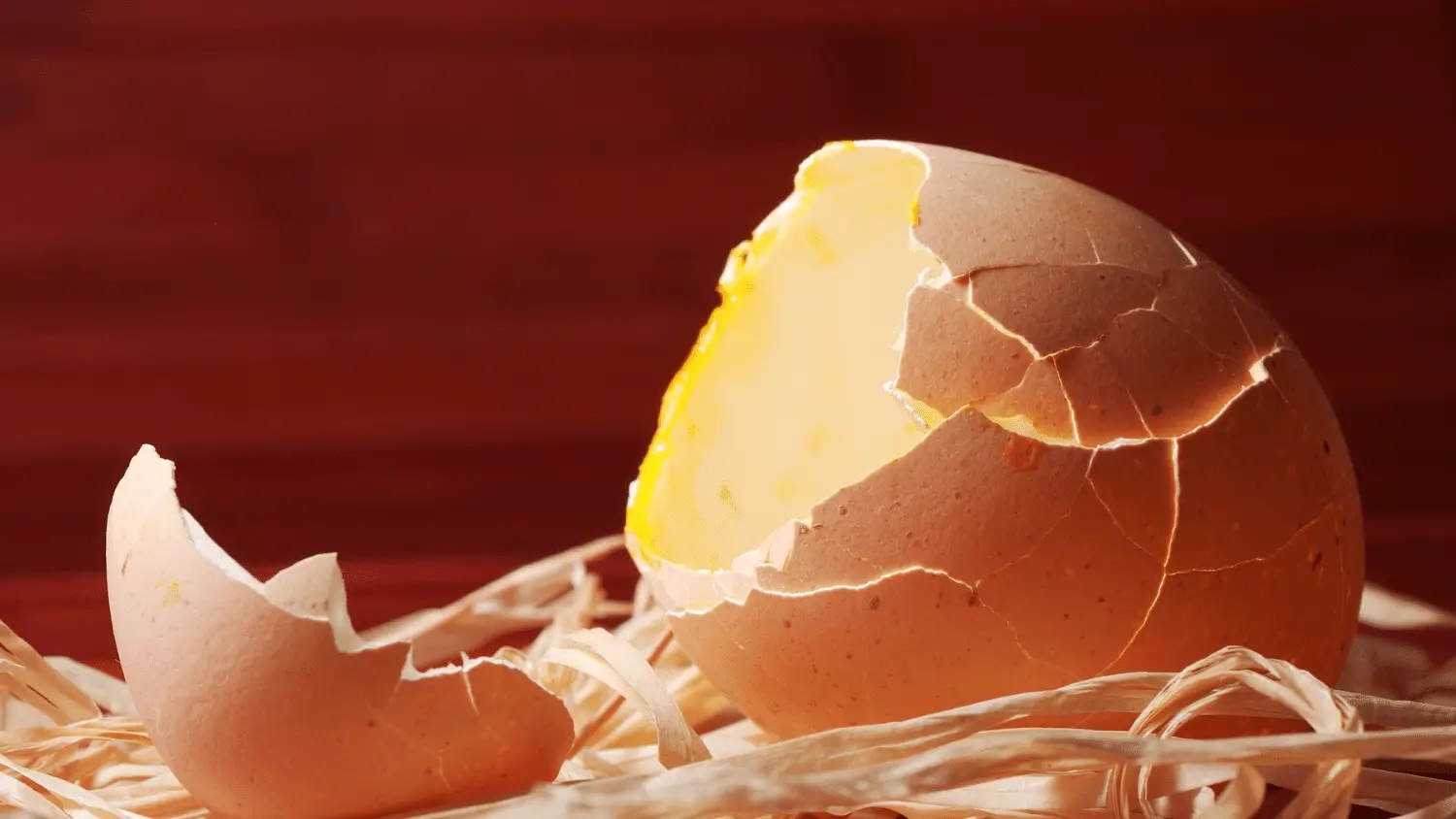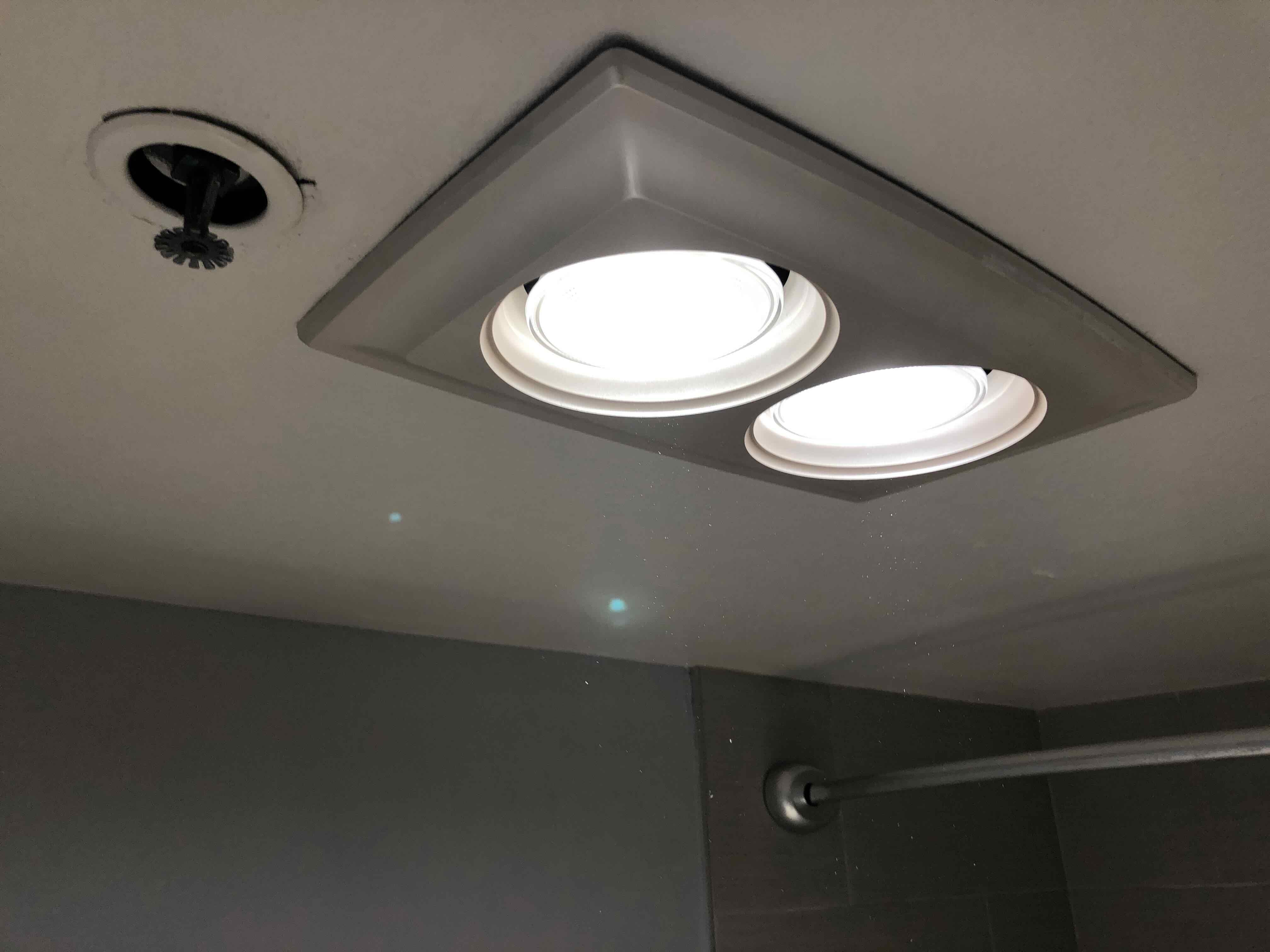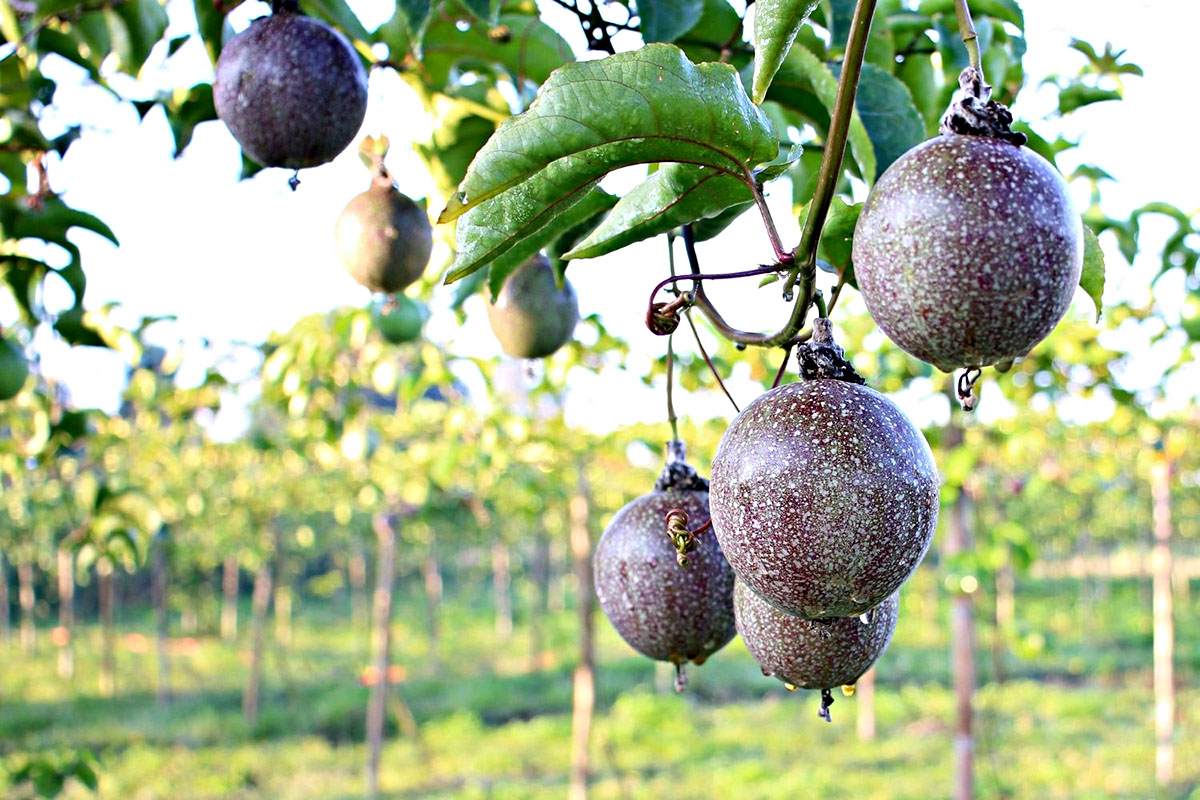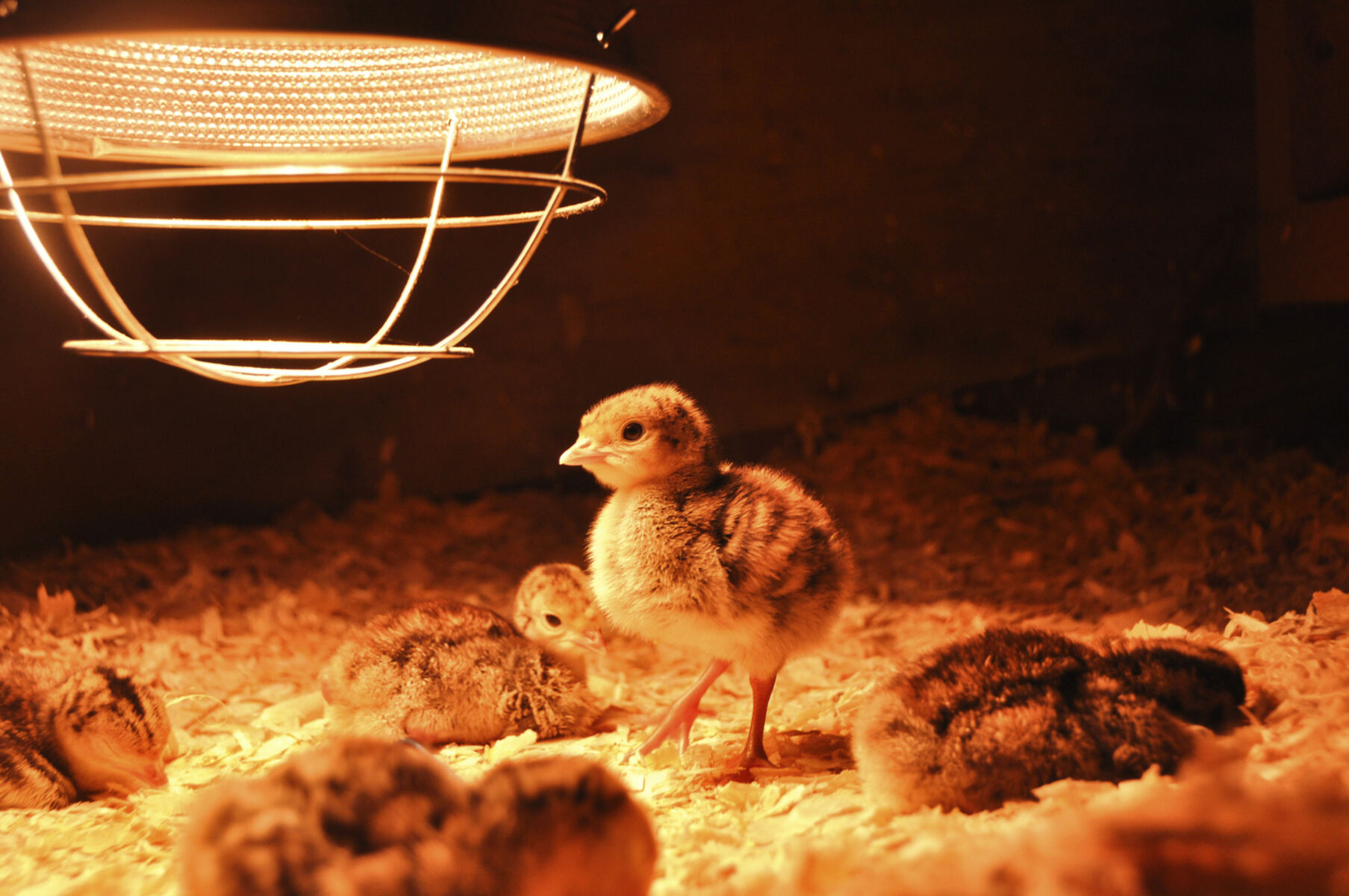

Furniture
How Long Do Quail Need A Heat Lamp
Modified: September 1, 2024
Discover how long quail need a heat lamp and the best furniture options for ensuring their comfort and well-being.
(Many of the links in this article redirect to a specific reviewed product. Your purchase of these products through affiliate links helps to generate commission for Storables.com, at no extra cost. Learn more)
Introduction
Welcome to the world of quail raising! If you’re new to quail keeping, you may have questions about the best way to provide care and meet the specific needs of these adorable little birds. One important aspect of quail care is ensuring they have adequate heat, especially during their early stages of life.
In this article, we will explore the importance of heat for quail, factors to consider when using a heat lamp, the optimal temperature for quail chicks, and how long they typically need a heat lamp. We will also discuss signs that indicate quail chicks no longer require a heat lamp, potential risks, precautions, and alternative heat sources.
By understanding the role of a heat lamp in quail care, you will be better equipped to create a suitable and comfortable environment for your quail, leading to their overall health and wellbeing.
Key Takeaways:
- Quail chicks need a heat lamp for 4-6 weeks, gradually reducing temperature as they feather out. Monitor behavior to determine when they no longer require the heat source.
- Alternative heat sources like heat plates and ceramic heat emitters offer flexibility and safety for quail chicks, ensuring optimal warmth and comfort.
Read more: How Long Do Pigs Need A Heat Lamp
The Importance of Heat for Quail
Heat plays a crucial role in the development and survival of quail, especially during their early stages of life. Quail chicks are incredibly delicate and vulnerable, and they rely on external sources of heat to regulate their body temperature. Failure to provide adequate heat can result in serious health issues and even death.
Quail chicks, like many other birds, are unable to regulate their body temperature effectively when they are hatchlings. In the wild, they rely on their mothers to keep them warm by huddling under her feathers. However, in a domestic setting, it is our responsibility to provide them with the warmth they need.
As a general rule, quail chicks need a consistent heat source to maintain a temperature of about 95 to 100 degrees Fahrenheit (35 to 38 degrees Celsius) during their first week of life. This temperature gradually decreases by around 5 degrees Fahrenheit (2 to 3 degrees Celsius) each week until they are fully feathered and able to regulate their body temperature on their own.
Proper heat is vital for essential physiological processes in quail chicks. This includes digestion, which is dependent on a warm environment to ensure optimal nutrient absorption. Heat also supports immune system development, allowing quail chicks to build a strong defense against potential diseases.
In addition to physical development, heat is crucial for the overall well-being and behavior of quail. Adequate warmth promotes comfort and reduces stress levels, enabling them to grow and thrive. It also encourages normal feather growth and helps to prevent feather pecking, a behavior that can lead to serious injuries and social disruptions within the flock.
Ensuring the right temperature for quail chicks is crucial for their growth, health, and survival. By providing a suitable heat source, such as a heat lamp, you can create an environment that mimics the warmth they would experience under their mother’s wings.
Factors to Consider When Using a Heat Lamp for Quail
When it comes to using a heat lamp for quail, there are several important factors to take into consideration to ensure the well-being and safety of your feathered friends.
1. Temperature Control: It is crucial to have a heat lamp that allows you to regulate the temperature effectively. Ensure that the lamp has an adjustable thermostat or a dimmer switch, which will allow you to maintain the desired temperature. This will provide the quail chicks with a comfortable and consistent heat source.
2. Proper Placement: The positioning of the heat lamp is essential to create a suitable heat gradient within the quail’s enclosure. Place the heat lamp at one end of the brooder area, so the quail chicks have the option to move away from the heat if they feel too warm. This setup allows the chicks to self-regulate their body temperature, promoting their overall well-being.
3. Safety Measures: It is vital to ensure the safety of the quail chicks when using a heat lamp. Make sure to securely attach the lamp to prevent any accidents or injuries. Use a sturdy lamp stand or clamp, and keep the lamp away from any flammable materials or bedding. Regularly check the cords and connections for any signs of damage or wear, and never leave the heat lamp unattended.
4. Heat Lamp Wattage: Consider the appropriate wattage for your specific setup. The wattage will depend on various factors, including the size of the brooder area and the number of quail chicks you are raising. It is important to strike a balance between providing enough heat without overheating the enclosure.
5. Backup Heat Source: While a heat lamp is the most common choice, it is always a good idea to have a backup heat source in case of power outages or any issues with the lamp. Consider using a secondary heating option, such as a heat pad or a heat plate, to ensure that the quail chicks remain warm and comfortable even when the primary heat source is not available.
6. Monitoring Temperature: Regularly monitor the temperature within the brooder area using a reliable thermometer. This will allow you to adjust the heat lamp as needed to maintain the optimal temperature for the quail chicks. Temperature fluctuations can have a significant impact on their health, so it is important to keep a close eye on it.
By considering these factors and taking the necessary precautions, you can provide a safe and comfortable environment for your quail chicks while using a heat lamp.
Optimum Temperature for Quail Chicks
The temperature for quail chicks is a critical factor for their growth and development. To ensure their well-being, it is important to maintain an optimal temperature within their brooder area.
During the first week of their life, quail chicks require a temperature of around 95 to 100 degrees Fahrenheit (35 to 38 degrees Celsius). This initial warm environment mimics the conditions they would experience under their mother’s wings. As the chicks grow, their heat requirements decrease gradually.
From the second week onwards, you can reduce the temperature by 5 degrees Fahrenheit (2 to 3 degrees Celsius) each week until they are fully feathered. By the time the quail chicks are three to four weeks old, they should be able to handle temperatures around 75 to 80 degrees Fahrenheit (24 to 27 degrees Celsius). Once they reach this stage, they will be able to regulate their body temperature more effectively.
It is important to note that these temperature guidelines are just a general rule of thumb. Factors such as the breed of quail, ambient temperature, and other environmental conditions can influence the ideal temperature range. It is essential to closely monitor the behavior and comfort level of the quail chicks and make adjustments accordingly.
One way to assess if the temperature is suitable for the quail chicks is by observing their behavior. If they huddle together under the heat source, it may indicate that they are feeling cold and need more warmth. On the other hand, if they are spread out and avoiding the heat source, it could indicate that the temperature is too high, and they are trying to cool down. Adjust the height or intensity of the heat lamp accordingly to maintain a comfortable temperature.
Remember, providing the right temperature for quail chicks is crucial for their overall growth and development. By closely monitoring and adjusting the heat source, you can provide a comfortable and nurturing environment that promotes the health and well-being of your quail.
How Long Do Quail Chicks Need a Heat Lamp?
The duration for which quail chicks need a heat lamp depends on their age, feathering, and ability to regulate their body temperature. While there is no fixed timeline, there are general guidelines to follow to ensure the well-being of the quail chicks.
Quail chicks usually require a heat lamp for the first few weeks of their life when they are most susceptible to temperature fluctuations. During this period, the heat lamp serves as a substitute for the warmth they would have received from their mother’s feathers in a natural setting.
For the first week, the quail chicks need a constant heat source to maintain a temperature between 95 to 100 degrees Fahrenheit (35 to 38 degrees Celsius) within their brooder area. This warm environment is essential for their growth, digestion, and overall well-being.
As the quail chicks grow, their heat requirements decrease. You can gradually reduce the temperature by 5 degrees Fahrenheit (2 to 3 degrees Celsius) each week, until they are fully feathered and able to regulate their own body temperature. Feathering is an important sign that the quail chicks are developing and becoming more independent.
Typically, quail chicks will require a heat lamp for a period of four to six weeks. However, it is important to closely monitor the behavior and comfort level of the chicks to determine when they no longer need the heat source. If the weather is cold or if the chicks are not fully feathered, they may require the heat lamp for a longer period.
One way to gauge if the quail chicks still need the heat lamp is by observing their behavior. If they continue to huddle together under the heat source, it is a sign that they still require additional warmth. In contrast, if they spend more time away from the heat source and show signs of comfort and independence, they may no longer need the heat lamp.
Remember, every clutch of quail chicks is unique, and their development can vary. It is crucial to assess their feathering, behavior, and response to the heat source to determine when it is appropriate to remove the heat lamp. Gradually reducing the temperature and monitoring their behavior will help ensure a smooth transition to an environment without the heat lamp.
By providing the necessary warmth during their early stages of life, you will help the quail chicks develop into healthy, strong, and resilient birds.
Quail chicks need a heat lamp for the first 4-6 weeks of life to maintain a temperature of 95-100°F. Gradually reduce the heat as they grow feathers and become more independent.
Signs that Quail Chicks No Longer Need a Heat Lamp
As quail chicks grow and feather out, their reliance on external heat sources diminishes. It is important to identify the signs that indicate they no longer require a heat lamp, as maintaining an unnecessary heat source can be detrimental to their development. Here are some key signs to look for:
1. Feather Development: Quail chicks grow their feathers gradually, starting with downy feathers and progressing to fully formed feathers. Once their feathers are well-developed and cover most of their body, it is a good indication that they have reached an age where they can regulate their body temperature effectively.
2. Active and Explorative Behavior: Quail chicks that no longer require a heat lamp will exhibit more active and explorative behavior. They will venture away from the heat source and actively engage with their environment, showing curiosity and independence.
3. Comfortable and Even Distribution: If the quail chicks are no longer huddling together directly under the heat lamp, it suggests that they are comfortable and able to maintain their body temperature without relying on external warmth. Instead, they will spread out and distribute themselves more evenly throughout the brooder area.
4. Tolerating Cooler Temperatures: The ability to tolerate cooler temperatures is a strong indication that the quail chicks no longer need a heat lamp. If you gradually lower the temperature within the brooder area and observe that the chicks are still active, eating, and behaving normally, it suggests that they are self-regulating their body heat successfully.
5. Normal Feather Growth: Watch for signs of healthy feather growth, such as evenly distributed and well-formed feathers. If the feathers appear healthy, the quail chicks are developing normally and becoming increasingly capable of maintaining their body temperature without additional heat.
It is essential to remember that different factors can influence the timeframe for when quail chicks no longer require a heat lamp. These include the ambient temperature, breed of quail, and overall health and feathering progress of the chicks. Always observe the behavior and appearance of the quail chicks to determine if they have reached a stage of independence from the heat lamp.
Once you are confident that the quail chicks no longer need the heat lamp, it is important to remove it gradually. This allows the chicks to adjust to the new conditions and helps prevent them from getting chilled.
By recognizing these signs and adjusting the heat source accordingly, you can ensure that your quail chicks transition smoothly to an environment without the need for a heat lamp, promoting their overall growth and well-being.
Potential Risks and Precautions When Using a Heat Lamp
While a heat lamp can be an effective way to provide necessary warmth to quail chicks, it is important to be aware of potential risks and take proper precautions to ensure the safety and well-being of the birds. Here are some potential risks to consider and precautions to take when using a heat lamp:
1. Fire Hazard: Heat lamps generate a significant amount of heat, so it is essential to keep them away from flammable materials, such as bedding, straw, or wooden structures. Ensure that the heat lamp is securely attached and positioned in a way that prevents accidental contact with any combustible surfaces.
2. Overheating: Quail chicks are highly sensitive to temperature fluctuations, and overheating can be as dangerous as exposure to cold. Monitor the temperature inside the brooder area regularly and adjust the height or intensity of the heat lamp accordingly to maintain a comfortable and safe temperature for the quail chicks.
3. Electrical Safety: Inspect the heat lamp, cords, and connections regularly for any signs of damage or wear. Ensure that the electrical outlets and wiring are safely installed and in good condition. Use a grounded outlet and a surge protector to reduce the risk of electrical problems and potential shocks.
4. Lamp Stability: Ensure that the heat lamp is securely positioned and cannot be knocked over by the quail chicks or any other animals. Use a sturdy lamp stand or clamp and ensure that it is properly attached to the brooder area. Regularly check the stability of the lamp to prevent accidents or injuries caused by falling lamps.
5. Monitoring: Regularly observe the behavior and condition of the quail chicks to ensure they are comfortable and healthy. Look for any signs of distress, discomfort, or excessive panting, which could indicate that the heat lamp may not be functioning properly or the temperature is too high.
6. Backup Heat Source: It is always a good idea to have a backup heat source available in case of power outages or any issues with the heat lamp. Consider using a heat pad or heat plate as an alternative heat source to ensure that the quail chicks remain warm and comfortable in unforeseen circumstances.
By taking these precautions, you can minimize potential risks while using a heat lamp for quail chicks. It is crucial to remain vigilant and regularly assess the condition and effectiveness of the heat lamp to ensure the safety and well-being of your quail chicks.
Alternative Heat Sources for Quail Chicks
While a heat lamp is commonly used to provide warmth for quail chicks, there are alternative heat sources available that can serve as effective options. These alternatives offer flexibility and can be particularly useful in situations where a heat lamp may not be suitable. Here are some alternative heat sources to consider:
1. Heat Plates: Heat plates, also known as brooder plates or chick plates, are flat heating surfaces that mimic the warmth a mother bird provides. The heat is evenly distributed across the surface, creating a warm area for the quail chicks to gather. Heat plates are typically adjustable and allow the chicks to snuggle underneath and regulate their body temperature naturally.
2. Heat Pads: Heat pads designed specifically for poultry can be used as an alternative heat source. These pads are designed to emit a gentle and consistent amount of heat, providing a warm surface for the chicks to rest on. Heat pads are generally safe and efficient, and they can be placed directly under the bedding material.
3. Infrared Heat Lamps: Infrared heat lamps emit heat without producing visible light. They can be an alternative option to traditional heat lamps, as they focus on providing heat rather than light. Infrared heat lamps are available in various wattages and can be adjusted to maintain the desired temperature within the brooder area.
4. Ceramic Heat Emitters: Ceramic heat emitters are electrical devices that emit heat without producing light. They can be used in a similar way to infrared heat lamps, providing a steady source of heat for the quail chicks. Ceramic heat emitters are particularly useful in situations where it is necessary to maintain a specific temperature without the use of visible light.
5. Heating Pads/Warm Water Bottles: Electric heating pads or warm water bottles wrapped in a towel can be used to provide localized warmth within the brooder area. These options are best utilized in smaller enclosures or as supplementary heat sources. Care should be taken to ensure the chicks can freely move away from the heat pad or bottle if they become too warm.
When selecting an alternative heat source, it is important to consider the size of the brooder area, the number of quail chicks, and the ability to regulate the temperature effectively. Additionally, always follow the manufacturer’s instructions and guidelines to ensure the safe and proper use of the chosen alternative heat source.
Remember, regardless of the heat source chosen, it is crucial to regularly monitor the temperature and behavior of the quail chicks to ensure they are comfortable and thriving in their environment.
Conclusion
Providing adequate heat for quail chicks is crucial for their growth, development, and overall well-being. The use of a heat lamp or alternative heat sources helps create a warm and nurturing environment that mimics what they would experience in the wild under their mother’s care. By understanding the importance of heat, considering key factors, and taking necessary precautions, you can ensure the optimal temperature for quail chicks.
Monitoring the temperature and observing the behavior and feathering progress of the quail chicks are essential in determining the appropriate duration for which they need a heat source. Gradually reducing the heat and evaluating their comfort level will help transition them into an environment without a heat lamp when they are ready.
Remember to prioritize safety when using a heat lamp, closely monitor the temperature, and take precautions to prevent fire hazards and accidents. Regularly checking the condition of the heat lamp, its stability, and the electrical components is essential for the well-being of the quail chicks and the overall safety of the setup.
Should you choose to explore alternative heat sources, options such as heat plates, infrared heat lamps, ceramic heat emitters, or heating pads can provide effective alternatives to satisfy the needs of your quail chicks.
Ultimately, your goal is to create a comfortable and nurturing environment for your quail chicks, allowing them to grow, thrive, and develop into healthy and resilient birds. By understanding the importance of heat, considering the specific needs of the quail chicks, and implementing the necessary precautions, you can provide the best possible care for your quail and ensure their successful transition to independence.
With the right heat source and a keen eye on their well-being, your quail chicks will be on their way to a happy and healthy life.
Frequently Asked Questions about How Long Do Quail Need A Heat Lamp
Was this page helpful?
At Storables.com, we guarantee accurate and reliable information. Our content, validated by Expert Board Contributors, is crafted following stringent Editorial Policies. We're committed to providing you with well-researched, expert-backed insights for all your informational needs.
